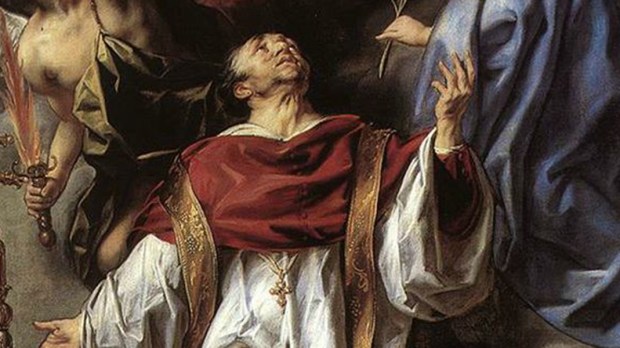Lenten Campaign 2025
This content is free of charge, as are all our articles.
Support us with a donation that is tax-deductible and enable us to continue to reach millions of readers.
This week Italy registered the first decrease in coronavirus cases since the start of the pandemic in early March. Among some of the worst hit areas are the provinces of Milan and Bergamo, in the north of the country, which have a long history of pandemics. In the 1570s, a strong outbreak of plague hit Milan and surroundings, killing 30% of the population. The outbreak later took on the name of “Plague of St. Charles” in honor of St. Charles Borromeo, Archbishop of Milan, who played a crucial role in caring for the ill and their families. Unlike civil authorities, the archbishop did not leave the city but stayed behind to coordinate health care efforts.
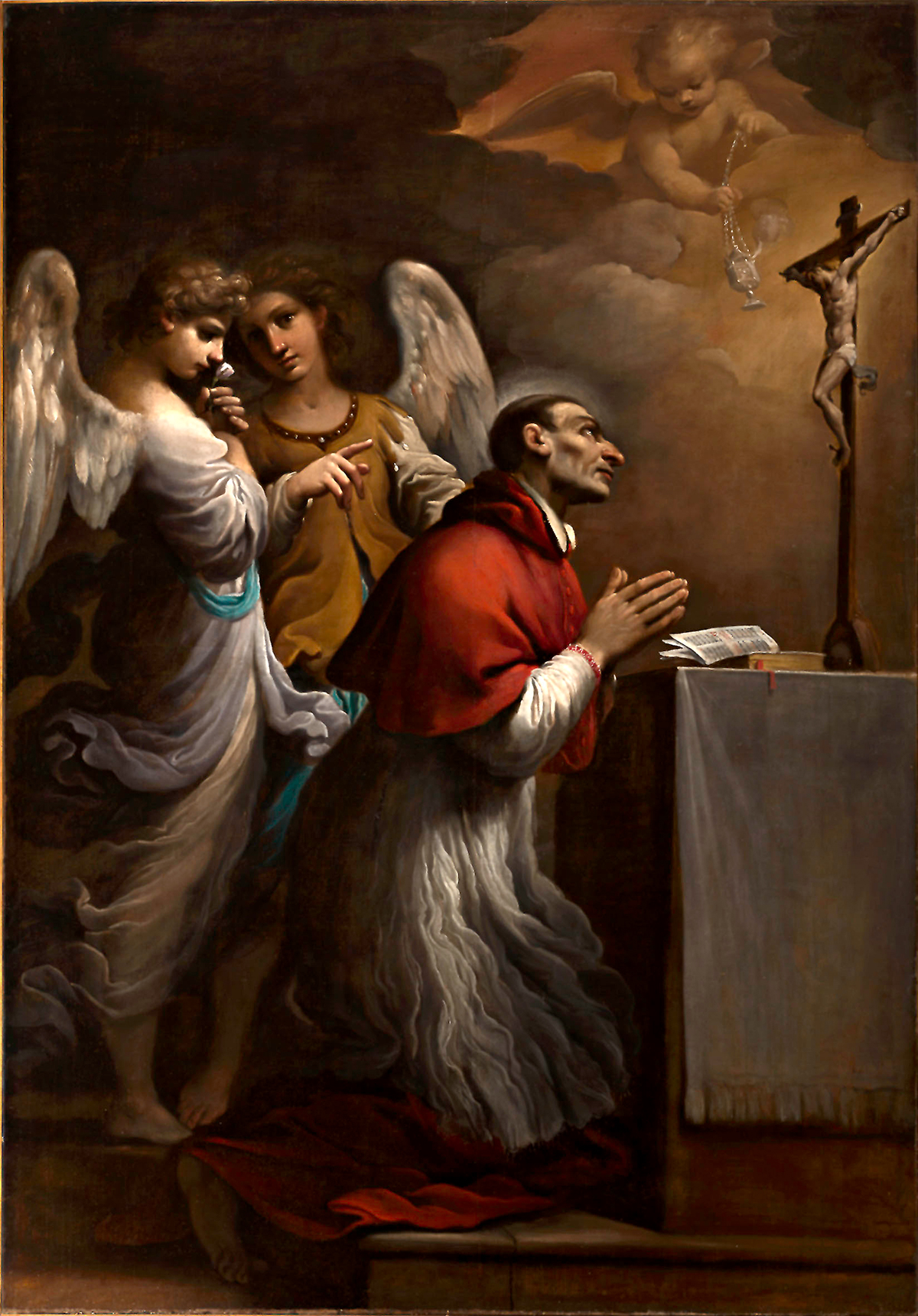
He donated his clothes and tapestries to make clothes for the poor and the ill and organized processions to support the relatives of victims. In order to prevent the spread of the plague, which thrived in enclosed spaces, St. Charles called for the closure of all churches. But he thought of an ingenious method to allow believers a space for prayer. He ordered the construction of outdoor altar spaces outside each church or chapel. This way, believers could still access the altar without putting their health and that of others at risk.
When the pandemic came to an end, these altars were dismantled and believers went back to the habit of attending indoor Mass. But in their place, citizens erected “plague crosses” as symbols of gratitude for God’s help during the pandemic.
Today, some “plague crosses” are still in place in towns like Brugherio, located 12 miles north-east from Milan. One is kept in Piazza Roma, near the parish church. Built in white stone and topped with a copper cross, they are engraved with Latin inscriptions that attribute the end of the plague to Jesus’ compassion.
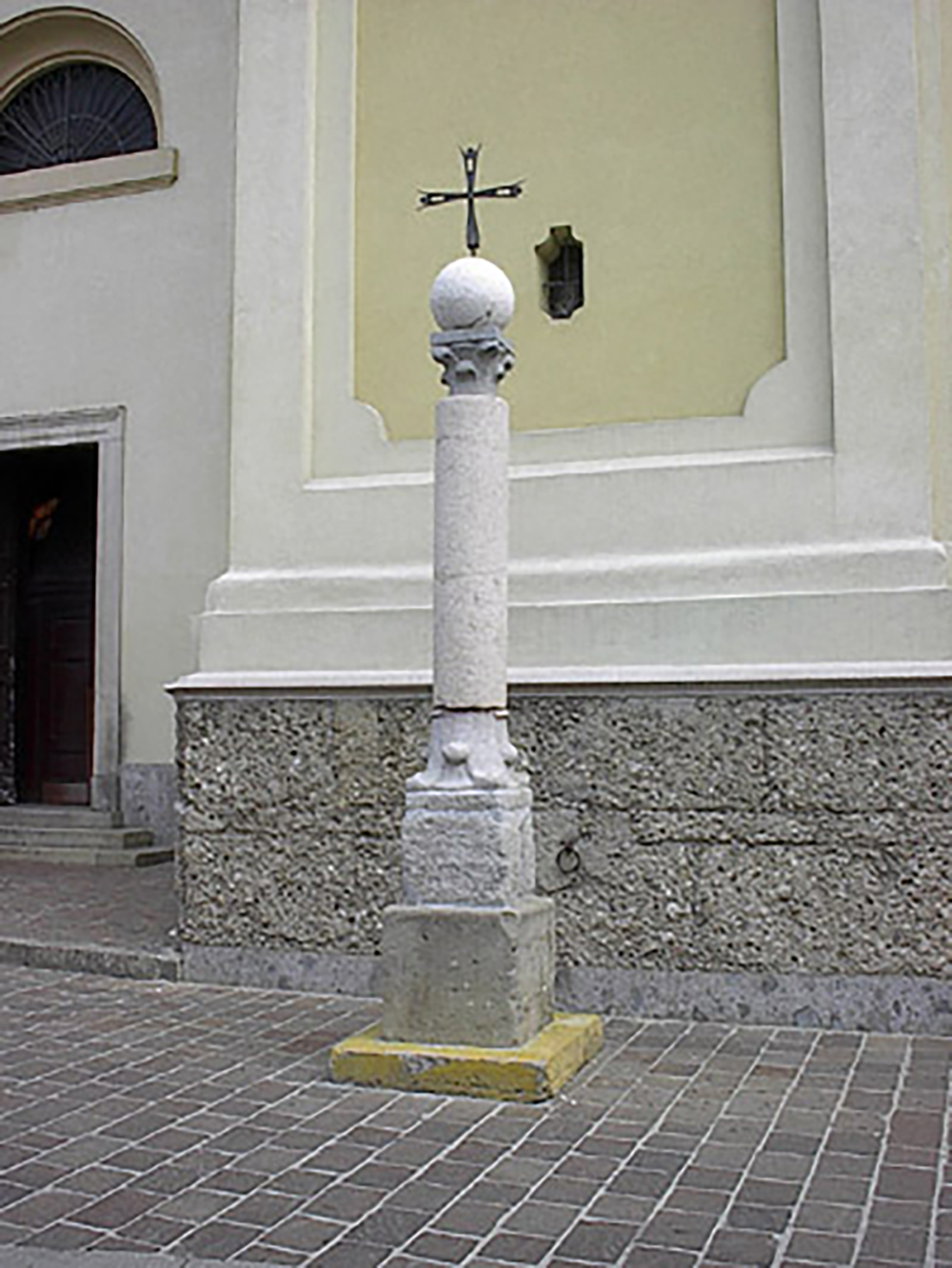
A second “plague cross” is located near the cemetery in Viale Lombardia.A third cross is found at a crossroad named Torrazza and holds a tribute to a local family who rebuilt it after it was destroyed by a cyclone.
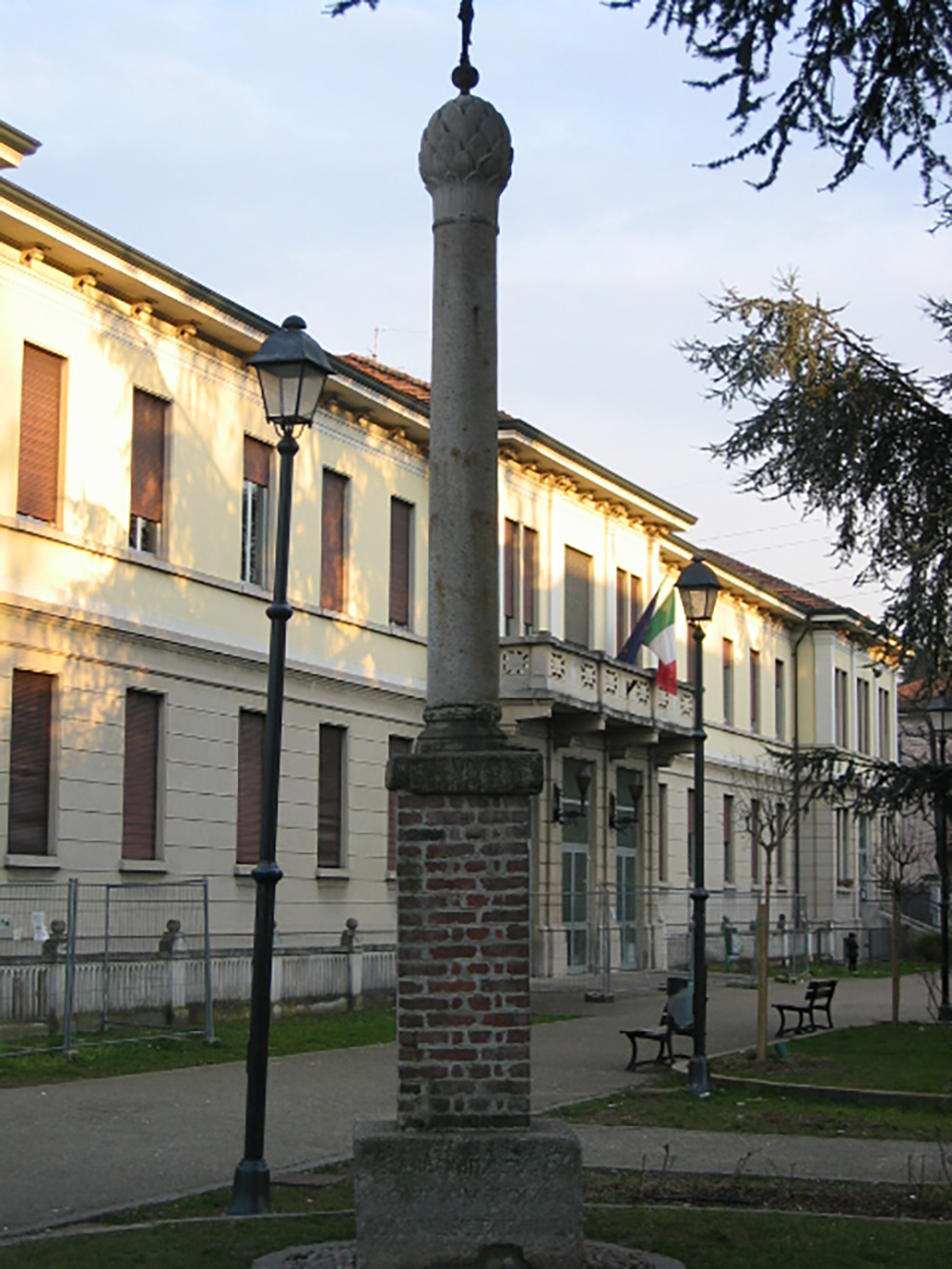
And a massive statue of St. Charles, measuring 77 feet, was erected outside his birth town of Arona, just north of Milan.
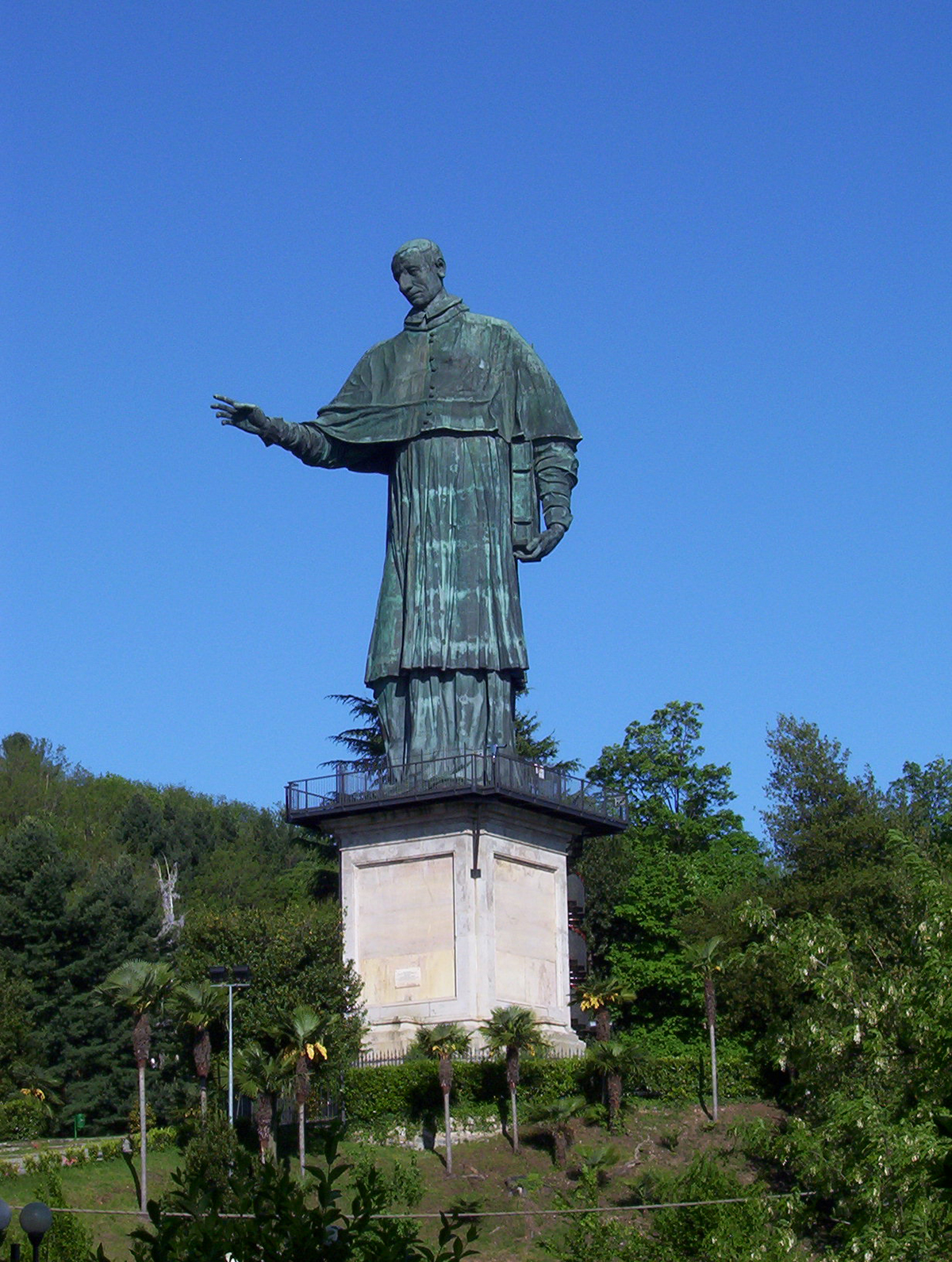
If it looks vaguely familiar, that’s because the designer of New York’s Statue of Liberty studied it to prepare his sketches for one of the world’s most iconic landmarks.
